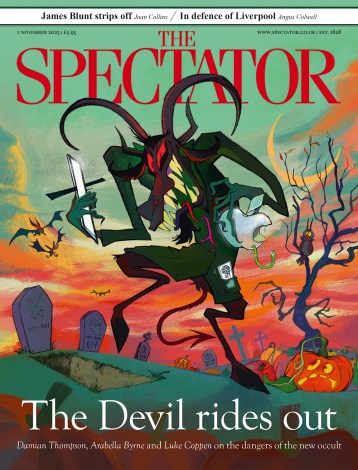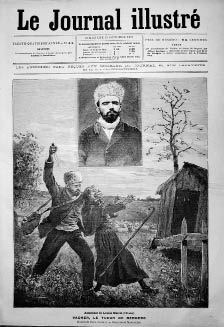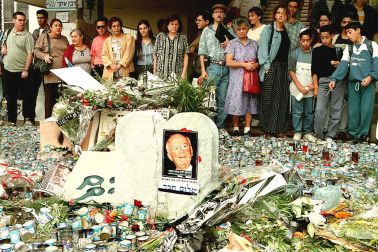‘La justice flétrit, la prison corrompt et la société a les criminels qu’elle mérite’ — Justice withers, prison corrupts, and society gets the criminals it deserves.
‘La justice flétrit, la prison corrompt et la société a les criminels qu’elle mérite’ — Justice withers, prison corrupts, and society gets the criminals it deserves. With that terrifying and depressing thought, the fin-de- siècle criminologist Jean-Alexandre-Eugène Lacassagne summed up his views at the end of his long career. A hundred years later, they are still worthy of attention, for Lacassagne was, perhaps, one of the greatest pioneers of forensic science and medical jurisprudence in his century or any other.
It was he who discovered that bullets show markings that identify the weapons that fired them; he who set out the stages at which bodies putrefy; he who demonstrated how bruising showed that a body had been moved after death. The only man who challenged his pre-eminence in his day (and who was ultimately proved to be the lesser scientist) was the Italian, Cesare Lombroso.
Lacassagne first came to public recognition in France in 1889, when he managed to identify a body that had been found in a sack four months previously. He taught his students — and the public — that autopsies were unmistakable records of crime, provided one knew how to read the bodies. He did, and the newspapers and the penny-press of the day, reaching mass audiences for the first time, were enthralled.
And then, in 1897, an equally methodical and scientifically-minded magistrate, Émile Fourquet, gathered reports of murderous attacks on adolescents spread hundreds of miles apart across the back roads of rural France. Long before the idea of serial killers was commonly recognised, he understood that these were not single episodes, but a series of crimes that followed a pattern: the victims, usually of similar ages and backgrounds, were all similarly stabbed, mutilated and sodomised.
Thus, when in the Ardèche a man named Joseph Vacher attacked a woman collecting pinecones for fuel, Fourquet quickly realised that this crime fitted the pattern, and Vacher was put under investigation not for a single assault, but for the murder of 11. (In fact it was probably closer to double that number.)
Vacher was a discharged soldier who had twice been incarcerated in asylums for attempting to kill a woman who had refused his advances, and his defence was insanity once again. He began to wear a white rabbit-fur hat (to indicate his ‘purity’), and insisted on being photographed in prison carrying a borrowed bundle of keys (‘to unlock the gates of heaven’). At his trial he raised a handwritten sign: ‘Joseph Vacher, the great martyr of our turn-of-the-century society and instrument of divine will’. All that went for nothing, however, as Lacassagne’s careful reconstruction of the crimes showed a level of order and premeditation that was inconsistent with Vacher’s self-proclaimed mania.
Douglas Starr does well to reconstruct these century-old brutalities, examining the stories of the falsely accused, of village feuds and bungled investigations. But despite the book’s title, it is Lacassagne who clearly interests the author, a co-director of the Science Journalism Program at Boston university: in Lacassagne’s chapters, the text comes alive. This is as it should be: Sherlock Holmes is always more interesting than Moriarty.
Where the author is sure-footed, how- ever, the publisher is less so. Vacher travelled hundreds of miles along provincial routes, and it would have been sensible to supply readers with a map. And yet, while we are assumed to be geographically familiar with la France profonde, we are at the same time laboriously instructed that Vacher is ‘(pronounced Vashay)’, although no such information follows for, say, Besançon, or Villejuif, or Baume-les-Dames.
These niggles matter only because they break the immediacy of the narrative Starr conveys with such lucidity and urgency. The period he describes has much in common with our own: a wildly unequal society with large numbers of unemployed; a sense that one era is ending, coupled with anxiety about what the next will bring; and a popular press that demonstrates no obligation to society, competing for its audience in a crescendo of escalating scandal. Justice withers, and society gets the criminals it deserves. Starr, very intelligently, does not labour these points, but allows readers to draw their own conclusions in his fine book.






Comments